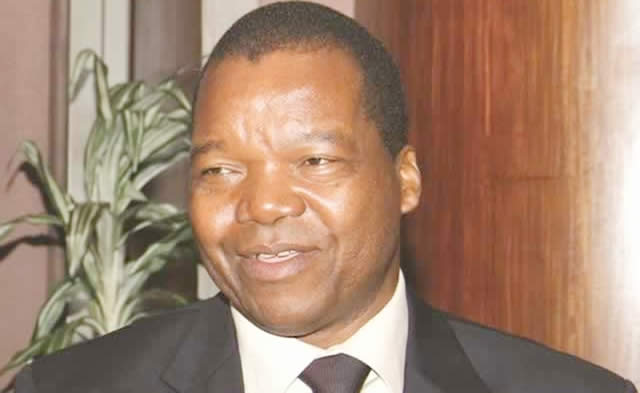
The Sunday News

Bianca Mlilo, Business Reporter
A leading industrial analyst and academic has noted that although bond notes have eased liquidity challenges the country was facing, there is still a need for the country to adopt the rand as its base currency.
Professor Ashok Chakravarti, an economist and lecturer at the University of Zimbabwe said although there were challenges with the move, in 2009, the country adopted the multi-currency system and the rand was one of the currencies, although later the US dollar gained prominence among the rest.
In the same way, the rand can be propped up to become the dormant and base currency informally while all the other currencies would be treated as foreign currencies.
“Exporters will continue to maintain US dollar FCA’s. Price of GOZ (Government of Zimbabwe) goods and services (should be) in rand and all payments by GOZ in rand within the current multi-currency regime,” he said.
On bond notes, Prof Chakravarti said the surrogate currency would ease the liquidity situation a little bit, as long as there exists an adequate supply of the United States dollar. He, however, warned that bond notes were an inadequate measure to solve the liquidity problem. He reiterated that there was a need to adhere to the cap of $200 million, failure to which the country would witness the emergence of a new exchange rate.
“If ratio of bond notes to USD is increased beyond current proportion, then it will no longer be a multi-currency situation and premiums will start emerging on USD versus bond notes,” said Prof Chakravarti.
“As the cash shortage deepens, this premium will rise and can be viewed as representing the depreciation rate of the new currency in the form of RTGS (real time gross settlements) balances. The value of all deposits will decline in terms of real USD.”
He said in fact the $200 million facility should be utilised to increase liquidity in rand to the Zimbabwe economy. He added that he believed there was no need for export incentives for tobacco and some minerals in the country.
Last year the Reserve Bank of Zimbabwe Governor Dr John Mangudya introduced an export incentive scheme in the form of bond notes, where all exporters receive a five percent incentive on all exports made. The $200 million loan facility is backed by the African Export-Import (Afrexim) Bank.
“There is no need for export incentives for gold, platinum, chrome, diamonds and tobacco. These account for 80 percent of exports. Their prices are determined by international market and a small incentive makes no difference,” he said.
“The balance, which is 20 percent of exports, which are non-resource related exports from industrial and agricultural sector need cash export subsidy of between 15 percent to 20 percent. This will cost $200 million maximum per annum. The export subsidy would be financed by across the board import tax of about three percent. Import tax will contribute to internal devaluation.”
@BiancaMlilo



